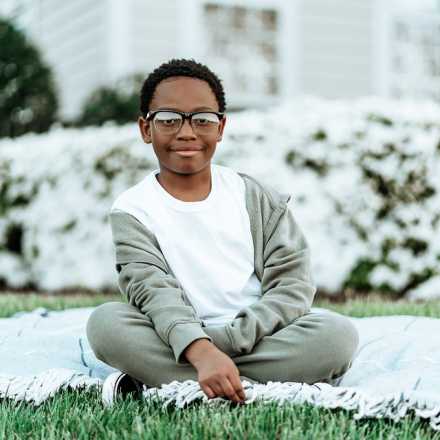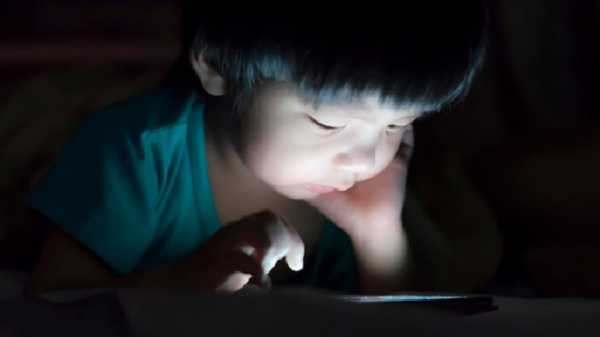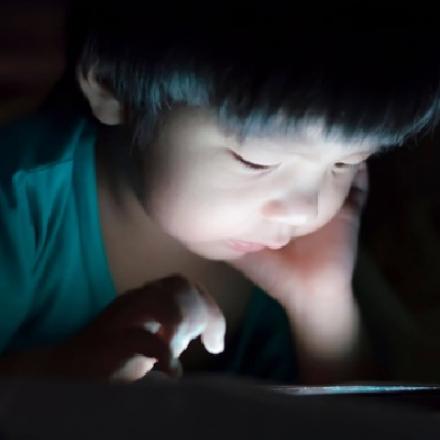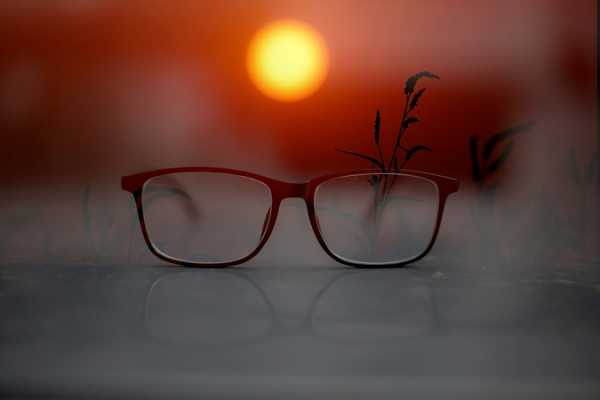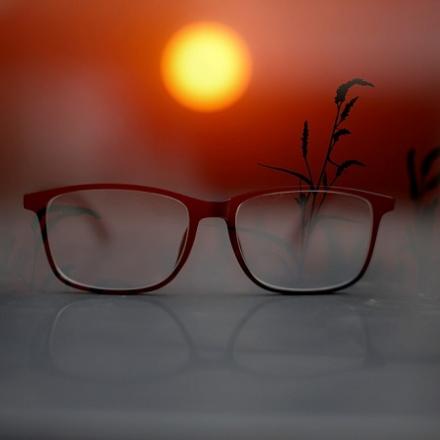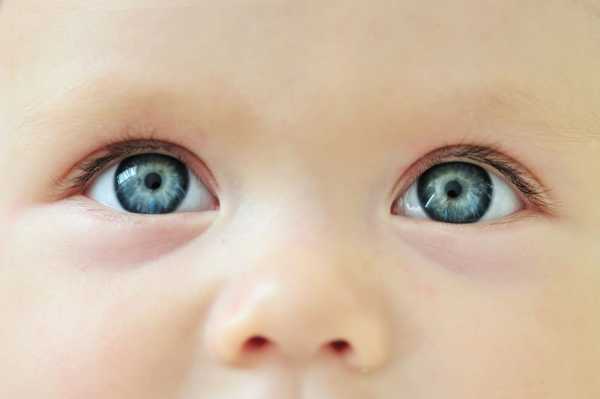
Newborn Eyesight
When you finally have your newborn baby in your arms, and you see what she/he looks like and that she has all her fingers and toes, you may wonder, how well can she see me?
The Development of Newborn Eyesight
Newborn infants can see, but not very clearly. One difference between the vision of your baby and an older child or adult is that the baby can only detect light in a dark room when it is very bright.
The baby has much less ability to distinguish between two objects of different brightness. Also, newborns only see black, white and shades of gray. They start to differentiate between different colors in the first few weeks after birth.
Babies will look at objects close to their eyes, no farther than about eight to ten inches away. When you hold your baby, she will be able to see your face, and her vision will be good enough that she will develop a marked preference for your face very early on.
Newborns cannot yet focus their eyes. Every day they are using them more, looking at objects that are very different in color or brightness. They are trying to see things, so it is good to have objects around for them to look at. By the time your baby is eight weeks old, she will be able to see the face of someone holding her fairly well.
The two eyes of an infant are not yoked together completely, and as they look around, their eyes may occasionally look crossed or wandering. This should only happen some of the time, and it should not be one eye that is always looking inward or outward.
If one eye is consistently failing to move, you need to have the baby’s vision checked. You will see your baby’s eyes move as she looks around. By the time she is three months old, she will be able to reach for objects as well as look at things that are moving.
What can you do to help your newborn eyesight or vision to develop during the first few months of her life?
Put objects within the distance she can see best, which is about eight to twelve inches. If you are playing with her using a toy, put the toy in the area where she can see it and try to reach for it.
Encourage her to use her eyes to follow you by talking to her whenever you are in her room, and moving around in her room. She will hear you and will try to see you as you move.Some eye care professionals suggest frequently changing the position of the baby’s crib, as well as where she is in the crib. Similarly, some suggest changing the side on which you feed her.
If you are breast feeding, you will do this naturally since she needs to empty both breasts. If you are bottle feeding, you would have to remind yourself not to use the same position with every feeding.
Hang a mobile with brightly colored, different objects above her crib. You may also want to decorate her room with bright colors and pictures with different shapes and colors.
The doctor who checked your baby at birth looked for any obvious visual problems and would have told you if there was anything to be concerned about. Your pediatrician will also be watching her eyes and visual development.
The American Academy of Optometrists suggests that babies should be checked by an optometrist at six months of age.
If you have any concerns about your newborn eyesight or that your baby’s eyes are not working like they should be, let her doctor take a look at her. If necessary, there are doctors who specialize in the eyes of babies.




